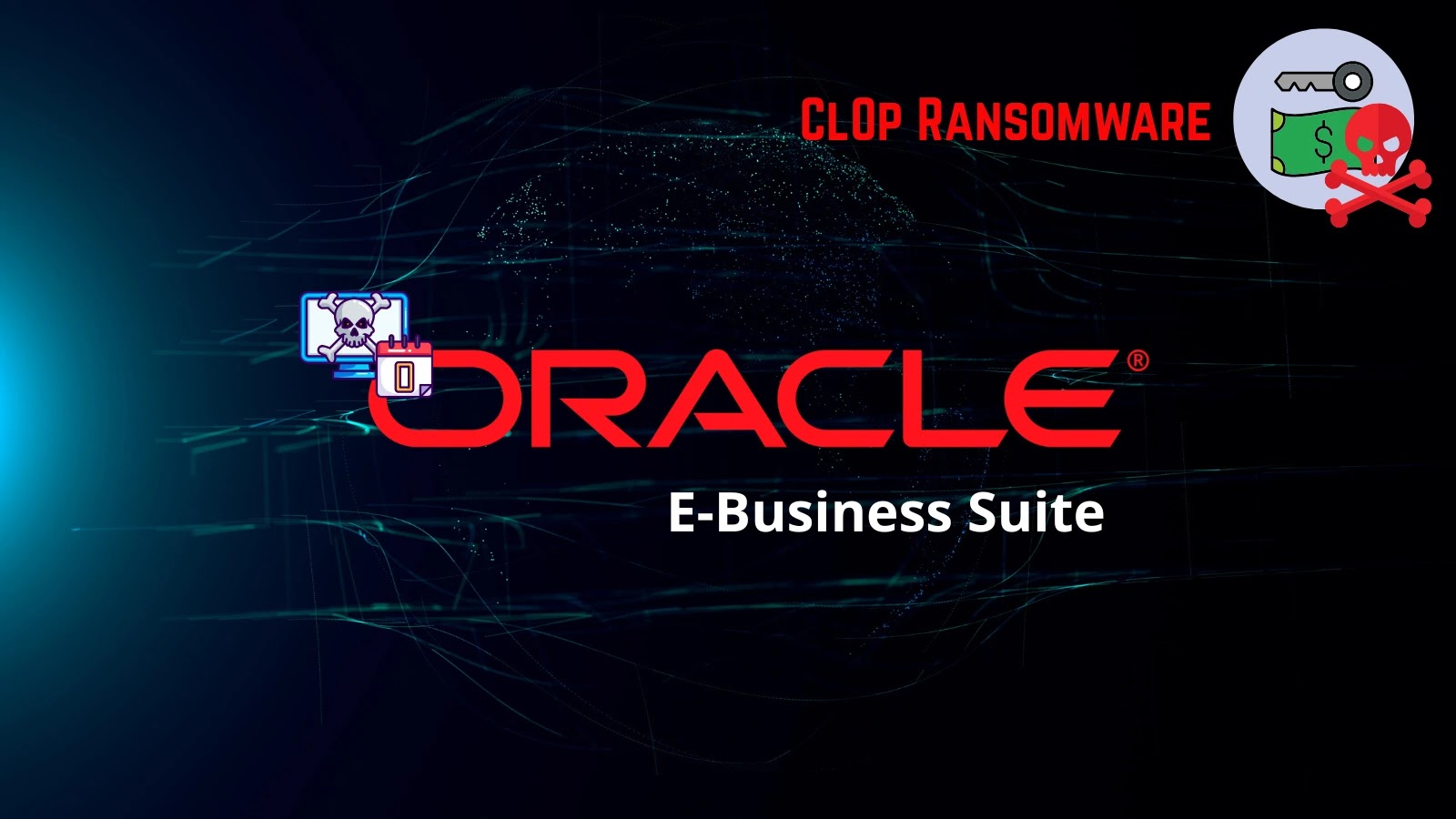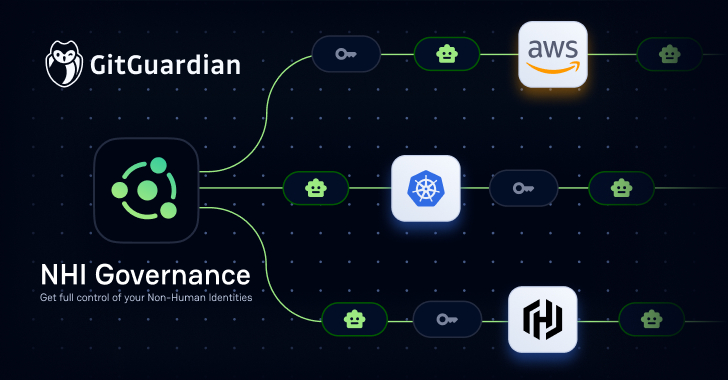Oracle Corporation has issued an urgent security alert concerning a critical zero-day vulnerability, designated as CVE-2025-61882, within its E-Business Suite (EBS). This flaw has been actively exploited by the Cl0p ransomware group, leading to unauthorized access and data breaches in unpatched systems.
Understanding CVE-2025-61882
CVE-2025-61882 is a severe security vulnerability affecting the Business Intelligence Publisher (BI Publisher) Integration component of Oracle EBS versions 12.2.3 through 12.2.14. With a maximum Common Vulnerability Scoring System (CVSS) score of 9.8, this flaw allows unauthenticated remote code execution, enabling attackers to execute arbitrary code on vulnerable systems without requiring authentication credentials. The vulnerability specifically targets the Oracle Concurrent Processing component via the HTTP protocol, making it an attractive target for cybercriminals.
Cl0p Ransomware’s Exploitation Tactics
The Cl0p ransomware group, also known as TA505 and FIN11, has a history of exploiting zero-day vulnerabilities in enterprise software. In this instance, Cl0p has been systematically targeting Oracle EBS installations, leveraging CVE-2025-61882 to gain unauthorized access to enterprise systems. The attack campaign came to light when multiple Oracle customers received extortion emails from the Cl0p group, claiming to have successfully infiltrated their EBS environments and stolen sensitive business data.
Technical Details of the Vulnerability
Security researchers have identified that the flaw allows unauthenticated remote attackers to execute arbitrary code on vulnerable systems through network-based exploitation with low attack complexity. The vulnerability’s attack vector utilizes HTTP communications, with the scope remaining unchanged but delivering high impact across confidentiality, integrity, and availability metrics. Organizations can detect vulnerable instances using Nuclei detection templates that check for E-Business Suite Home Page text while comparing Last-Modified header timestamps against October 4, 2025.
Indicators of Compromise (IoCs)
Active exploitation attempts have been documented through specific Indicators of Compromise (IoCs), including malicious IP addresses conducting GET and POST activities. Threat actors are utilizing reverse shell commands to establish outbound TCP connections for persistent access. Forensic analysis reveals malicious artifacts, including exploitation toolkits containing Python exploitation scripts, demonstrating sophisticated attack methodologies potentially linked to known threat groups.
Mitigation Strategies
Oracle has released patches addressing not only CVE-2025-61882 but also nine additional vulnerabilities from the July 2025 Critical Patch Update that may have been exploited in conjunction with the zero-day flaw. Security teams must prioritize immediate patching of affected Oracle EBS systems, particularly given the availability of public exploits. Organizations should also implement network monitoring for suspicious activity targeting the BI Publisher Integration component and review access logs for unauthorized administrative actions.
Broader Implications and Recommendations
The incident underscores the critical importance of maintaining current patch levels and implementing defense-in-depth strategies to protect against zero-day exploitation campaigns. Organizations are advised to limit public exposure of Oracle EBS components, implement web application firewalls (WAFs), strict access control lists (ACLs), and network perimeter guidelines. Deploying Endpoint Detection and Response (EDR) agents on application servers and conducting behavioral analysis to detect anomalous child processes or unusual outbound traffic is also recommended.
Conclusion
The exploitation of CVE-2025-61882 by the Cl0p ransomware group highlights the evolving threat landscape and the need for proactive cybersecurity measures. Organizations utilizing Oracle E-Business Suite must act swiftly to apply the necessary patches and implement comprehensive security strategies to safeguard their systems against such sophisticated attacks.



